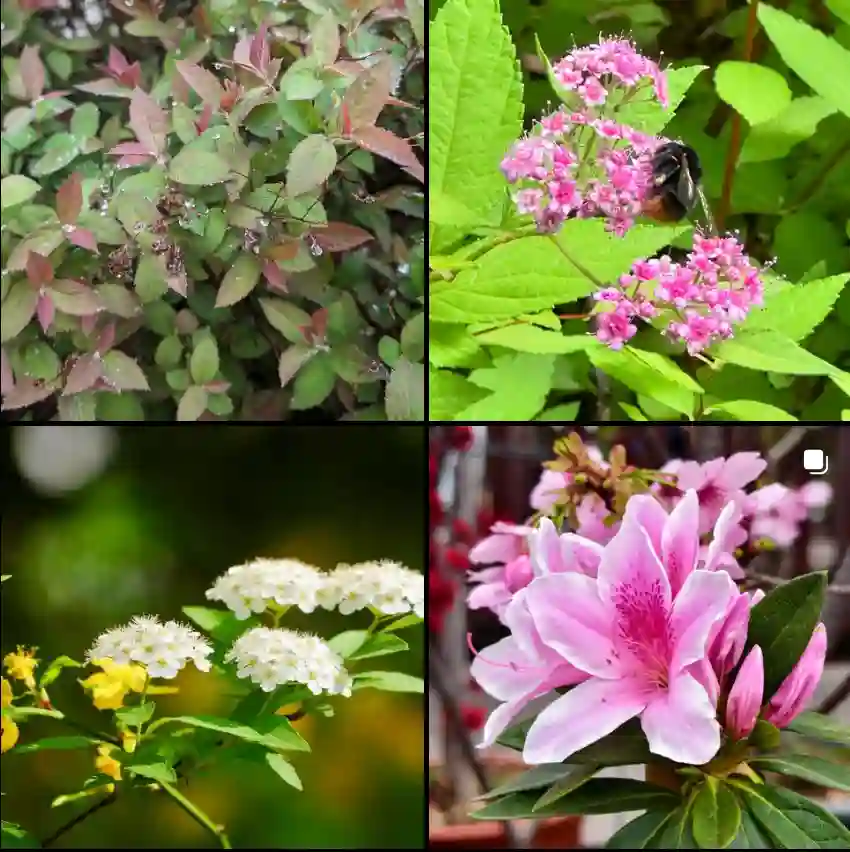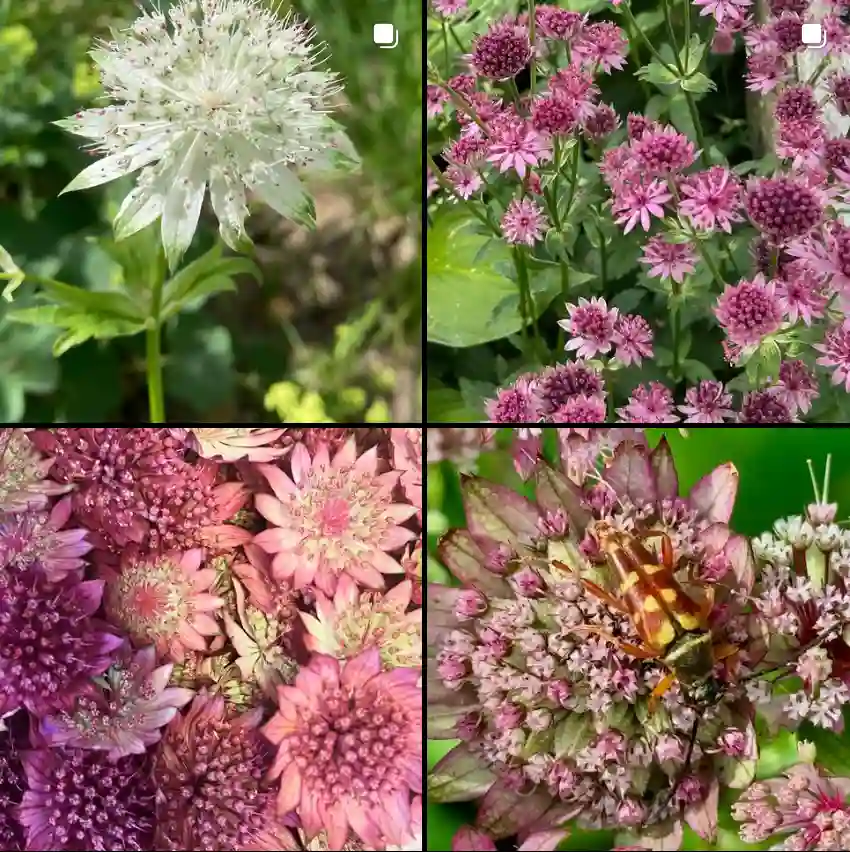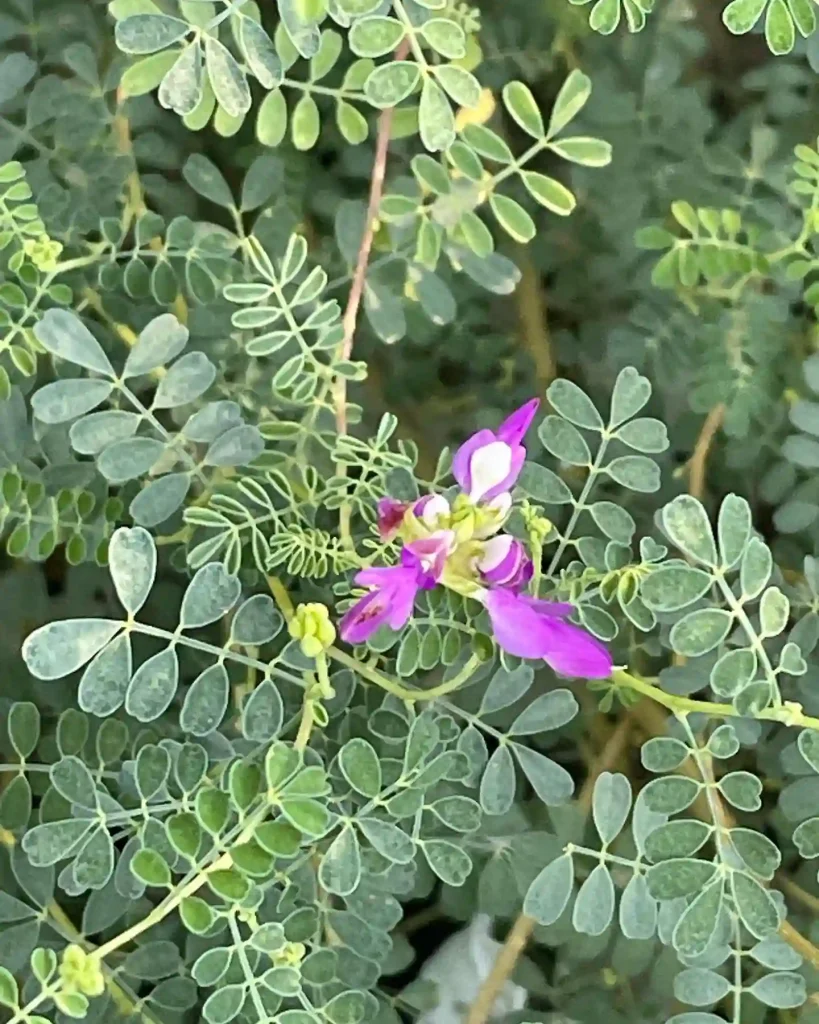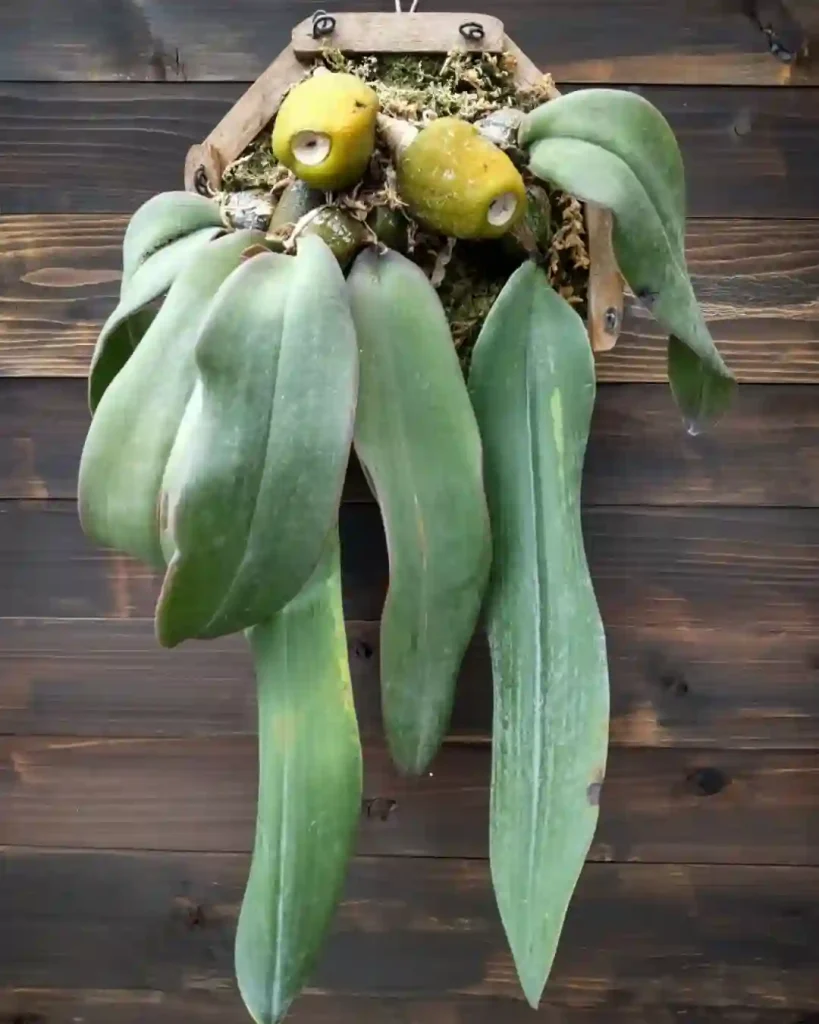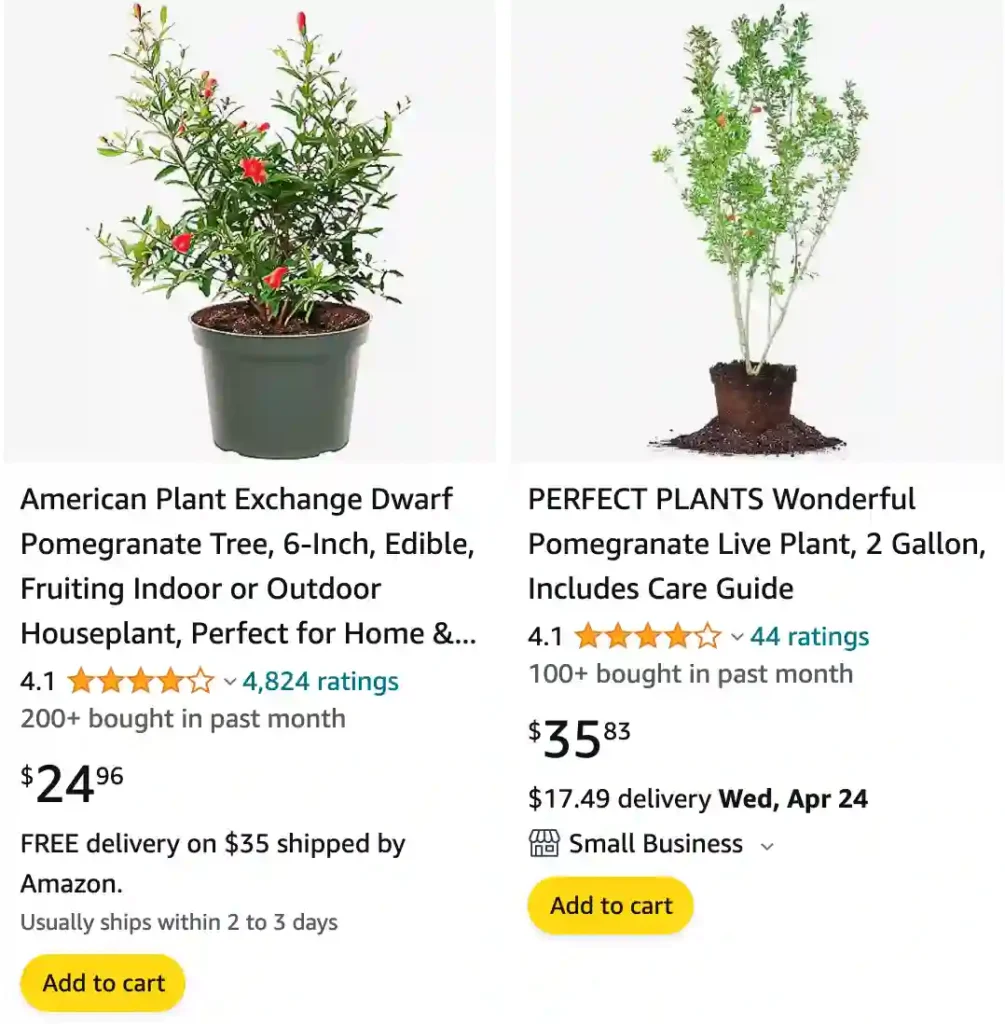
Pomegranate – Punica Granatum: A Vibrant Jewel in My Garden
Few plants bring as much joy to my garden as the pomegranate, scientifically known as Punica granatum. This fascinating tree, with its vibrant blooms and ruby-red fruit, holds a special place in my heart. Every season, it offers me not just beauty but also a sense of connection to ancient traditions and modern culinary delights. Let me take you on a journey through my experience with this remarkable plant.
The History and Significance of Pomegranates
Pomegranates have a long and storied past. They originated in the region stretching from Iran to Northern India and were cultivated in ancient civilizations like Mesopotamia and Egypt. This fruit symbolizes prosperity, fertility, and abundance in many cultures, including Greek and Hindu traditions. Knowing this history deepens my appreciation for the tree growing in my backyard.
When I look at my pomegranate tree, I see more than just a plant. It connects me to centuries of human culture. This sense of continuity enriches my gardening experience, making it a meaningful endeavor beyond aesthetics.
The Beauty of the Pomegranate Tree
The pomegranate tree is a delight to grow. It’s a deciduous plant, reaching heights of about 12 to 20 feet. Its vibrant orange-red flowers stand out against the backdrop of its glossy green leaves. Every spring, the blooms appear, signaling the arrival of warmer days.
I remember one particular morning when I stepped into my garden to see the first blossoms of the season. The sight was breathtaking. It felt like nature itself was painting my garden with bold strokes of color.
How to cut a pomegranate?
I used to wrestle with pomegranates, hacking away at the bumpy rind and ending up with juice everywhere. But now I’ve got a method that’s way less messy! First, I find the crown on the top, the bit with the little dried flower, and lop a bit off with a sharp knife. This exposes the sections inside, which look a bit like orange wedges. I use that as a guide to score the rind all the way down, following the curves – careful not to cut too deep! Then, the best part: I dunk the whole pomegranate in a bowl of water. As I pull it apart along the scored lines, the arils (those juicy seeds) plop right out and sink to the bottom, while all the membranes float to the top for easy skimming. It’s like magic, and way less frustrating than the pomegranate war of years past.
Can dogs eat pomegranate?
While we humans love the sweet-tart burst of those little pomegranate seeds, it’s definitely not a snack for my dog. I always feel a little guilty giving myself a treat and leaving him out! The seeds themselves aren’t technically toxic for dogs, but they’re seriously hard for them to digest. My pup could easily end up with an upset stomach, or worse, choke on too many. Honestly, it just seems like too much risk when there are so many dog-friendly treats out there. My guy gets excited about plain old apple slices, I don’t need to go giving him fancy exotic fruits!
How to eat a pomegranate?
Pomegranates always make me feel like I’m on a treasure hunt! I love the satisfying feeling of cracking open that tough rind to find those clusters of ruby-red seeds inside. My favorite way to eat them is simple: I make a few shallow cuts down the sides and then snap the fruit apart into sections. Then I hold one section over a bowl, seeds facing down, and give it a good whack with a wooden spoon. The arils pop out so easily, leaving the bitter membranes behind – way less messy than digging around with my fingers. Plus, there’s always that moment of anticipation before the whack, the thrill of seeing how many gems spill out!
Can you eat pomegranate seeds?
Absolutely! Eating pomegranate seeds is where the fun is! I love their crunchy texture and the way they burst with a slightly sweet and tangy juice. I know some people find the seeds a bit too hard, but I consider it a little reward for getting into the tricky fruit itself. Plus, I’ve heard they’re full of fiber and good stuff like that, so it’s like getting an extra healthy boost along with my snack. Honestly, I sometimes just grab a handful straight out of a cut pomegranate – it’s the most refreshing, juicy treat!
When is pomegranate season?
I always get that itch for pomegranates when the weather starts to turn cooler. That late fall and winter period is when they’re at their peak here. I feel lucky that I can find them in our grocery stores from around September through December, sometimes even into January. That means my holiday table always gets a pop of festive color from a bowl of those gorgeous, ruby-red seeds. Plus, it feels like a special treat to enjoy something that’s a bit harder to find outside of its season.
Does pomegranate juice make you poop?
Let’s just say pomegranate juice always gets things moving for me! One time, I got a bit carried away and downed a whole bottle in one afternoon – big mistake. Pomegranates are full of good stuff: fiber, those natural sugars called sorbitol, and a ton of water. All of that working together can definitely act as a natural laxative for me. I’ve learned my lesson – now I enjoy my pomegranate juice in smaller portions, and my tummy thanks me for it!
How do i tell if a pomegranate is ripe?
Picking the perfect pomegranate is an art I’m still trying to master! It’s not as simple as looking at the color – I’ve been fooled by beautiful red ones that turned out unripe on the inside. I go more by touch and sound. A ripe pomegranate should feel heavy for its size, and the skin should be firm and a bit leathery. Sometimes the best ones have flattened sides rather than being perfectly round. The real trick, though, is the “knock test.” If I give it a little tap and it sounds sort of hollow and metallic, I know I’ve got a good one!
What does pomegranate taste like?
Pomegranate has such a unique flavor it’s hard to compare it to other fruits. For me, it’s a delightful balance of sweet and tart. There’s a burst of juicy sweetness when you first bite into one of those seeds, but it’s followed by a pleasantly tangy finish. It’s a little reminiscent of cranberries, but with a rounder, less acidic flavor. I also think there’s a subtle earthiness to pomegranates that makes them feel extra special, almost like a taste of autumn.
Where do pomegranate trees grow?
Pomegranate trees thrive in warm, dry climates and they don’t like their roots being too wet. They’re native to regions from modern-day Iran through northern India and have been cultivated for centuries in places like:
Mediterranean: Countries like Spain, Italy, Greece, and Turkey.
Middle East: Places like Israel, Lebanon, and Syria.
California: Especially the Central Valley.
Parts of the Southwestern United States: Like Arizona and Texas.
These days, you can even find them growing in parts of South America and Australia!
Can cats eat pomegranate?
I wouldn’t risk sharing any pomegranate with my feline friends. Although the fleshy part of the seeds isn’t technically toxic to cats, there are a couple of reasons why I steer clear:
1. Digestion Issues: Cats have carnivore digestive systems, so they don’t process fruits very well. Pomegranate can give them an upset stomach, maybe even vomiting or diarrhea.
2. Choking Hazard: The seeds are small but solid, so they could pose a choking hazard, especially for a super food-motivated kitty.
It’s just not worth the potential trouble. My cats get excited enough about their regular treats – there’s no need to experiment with exotic fruits!
Pomegranate vs Cranberry
When I compared pomegranate and cranberry, I found the pomegranate’s juicy sweetness and rich flavor far surpassed the tart, somewhat bitter notes of cranberry, which made the pomegranate my go-to for a refreshing drink or snack.
Pomegranate vs Blueberry
Pomegranate’s bold, tangy flavor and vibrant color always stood out to me over blueberries, which, while delicious in their own right, often seemed a bit too mild and less exciting in comparison.
Pomegranate vs Acai
Pomegranate’s deep, tangy flavor and slightly crunchy seeds made it a standout against acai’s more subtle, smooth taste, though acai did have the advantage of being a convenient, frozen option for smoothies.
Pomegranate vs Apple
Even though apples are versatile and reliable, I personally found the pomegranate’s unique burst of juicy flavor and its aesthetic appeal with those gleaming red seeds made it a more intriguing and enjoyable fruit.
Pomegranate vs Beetroot
The earthy taste of beetroot always seemed heavy and a bit too robust for my liking, while pomegranate offered a refreshing burst of flavor that felt lighter and more invigorating in contrast.
Pomegranate vs Dragon Fruit
Dragon fruit’s subtle, mildly sweet taste didn’t quite match the vibrant, tangy kick of pomegranate, and while dragon fruit is visually stunning, pomegranate’s flavor won me over for its intense juiciness and zest.
Pomegranate vs Grapefruit
The grapefruit’s sharp, tangy bitterness never quite agreed with my palate the way pomegranate’s sweet and tart balance did, making pomegranate my preferred choice for a flavorful and refreshing experience.
Pomegranate vs Grenadine
Even though grenadine is made from pomegranate juice, the processed syrup’s overly sweet and artificial taste couldn’t compete with the genuine, fresh flavor of pomegranate, which is far more satisfying and complex.
Pomegranate vs Guava
While guava’s tropical aroma was enticing, the pomegranate’s juicier, more vibrant flavor made it the fruit I reached for more often, especially when I craved a more intense and refreshing taste.
Pomegranate vs Orange
Oranges are great for their classic citrus punch, but I’ve always found the pomegranate’s unique blend of sweet and tart to be a more exciting and flavorful alternative for my taste buds.
Pomegranate vs Passion Fruit
Passion fruit’s exotic, tangy flavor was intriguing, but I personally preferred the more balanced and refreshing taste of pomegranate, which felt less overpowering and more versatile.
Pomegranate vs Persimmon
Persimmons have a pleasant, honey-like sweetness, but they often felt a bit bland compared to the pomegranate’s bold and zesty profile, making pomegranate my choice when I wanted a fruit with more character.
Pomegranate vs Watermelon
Watermelon’s refreshing, hydrating qualities are great for hot days, but I found pomegranate’s more complex, tangy flavor made it a more satisfying and interesting option for snacking and juicing.
Conclusion
My journey with Punica granatum has been as rewarding as the fruit it bears. From its striking beauty to its culinary and cultural significance, this tree embodies everything I love about gardening. If you’re considering adding a pomegranate tree to your garden, I encourage you to take the plunge.
Growing a pomegranate isn’t just about cultivating a plant. It’s about nurturing a connection to history, nature, and your own sense of wonder. For me, that’s what makes it a jewel in the garden—a treasure I’ll cherish for years to come.
If i die, water my plants!
